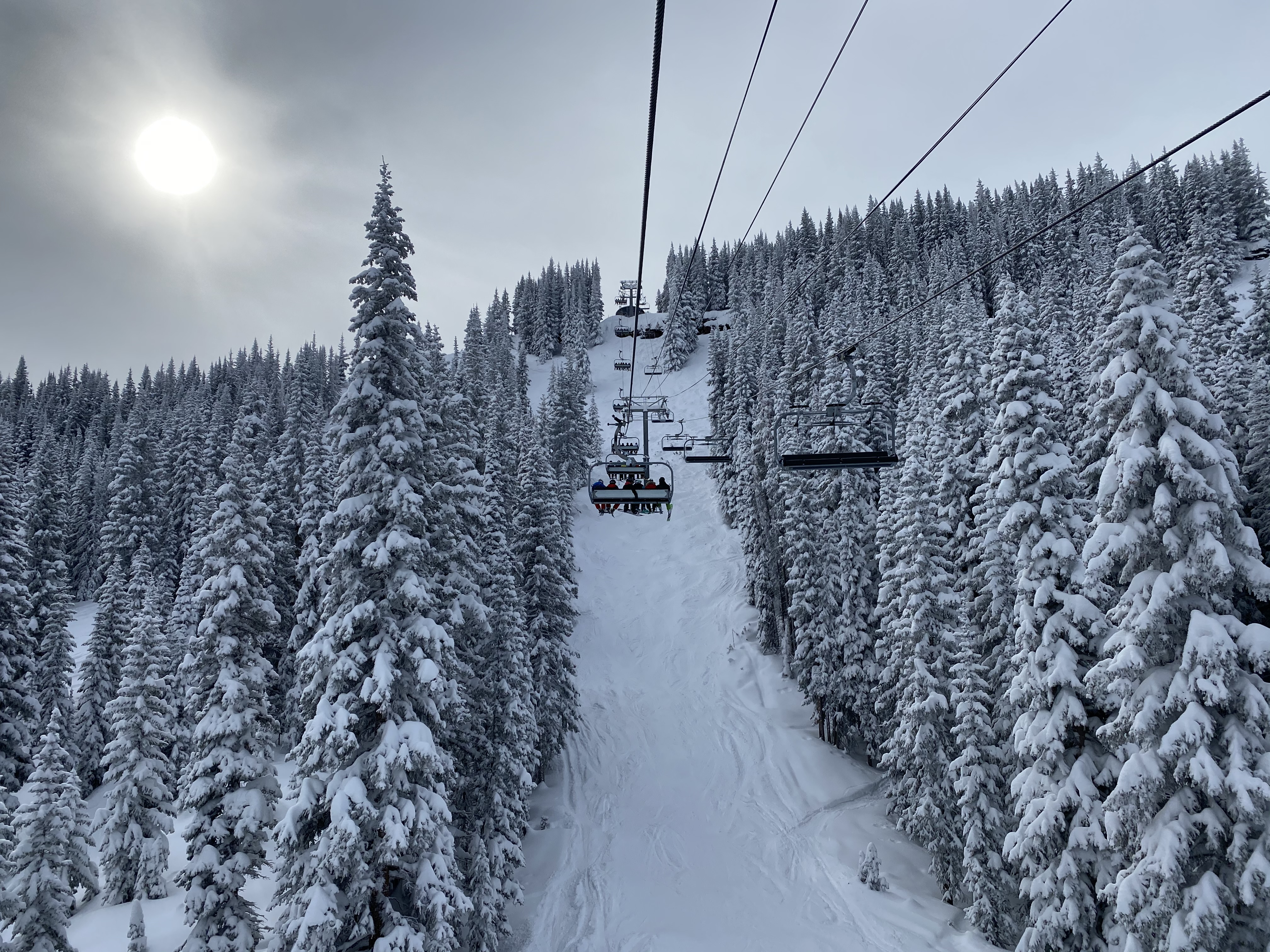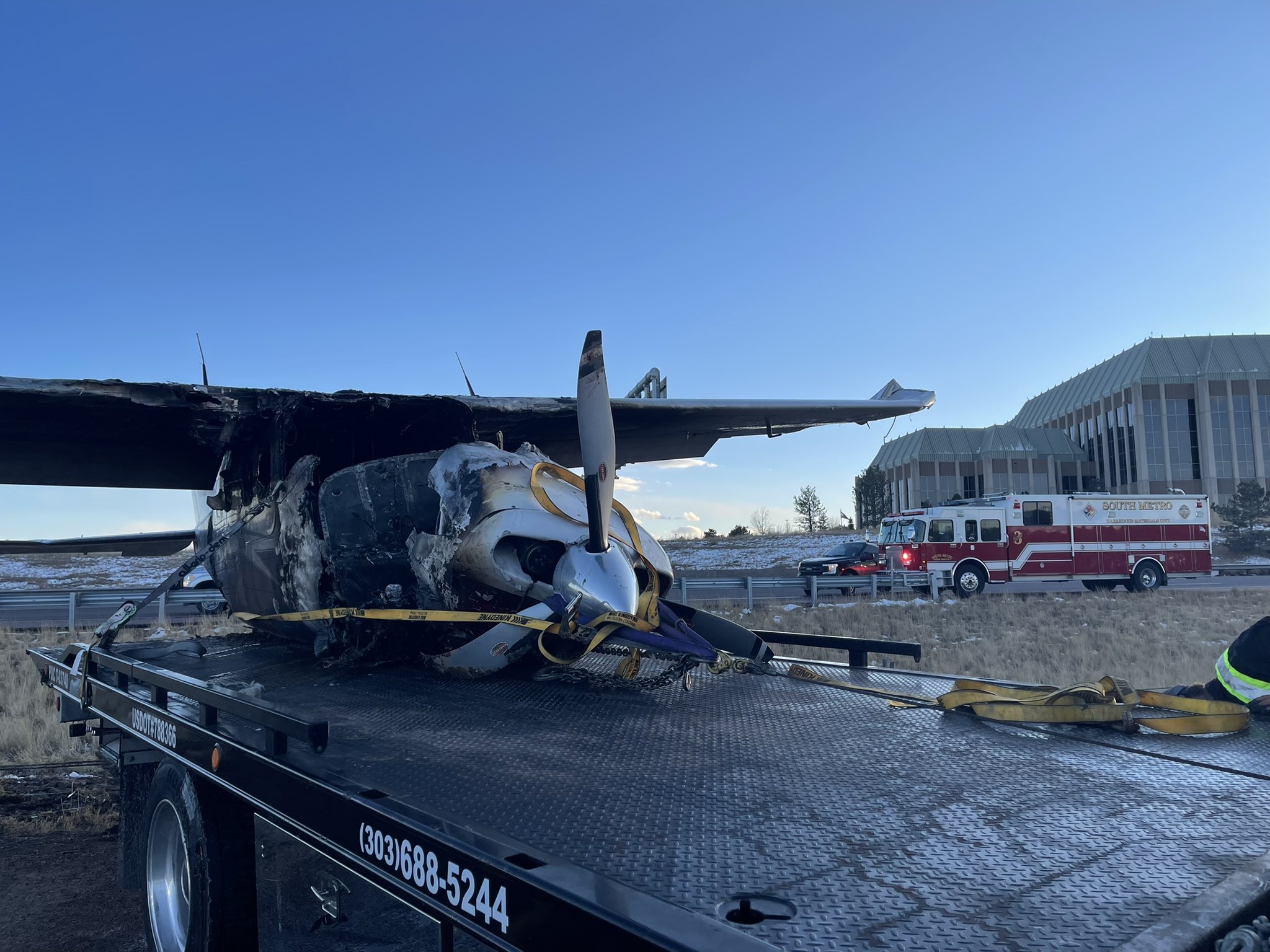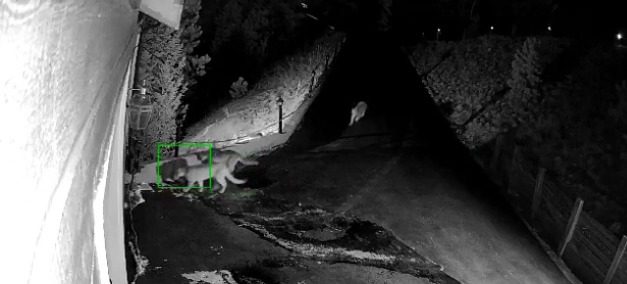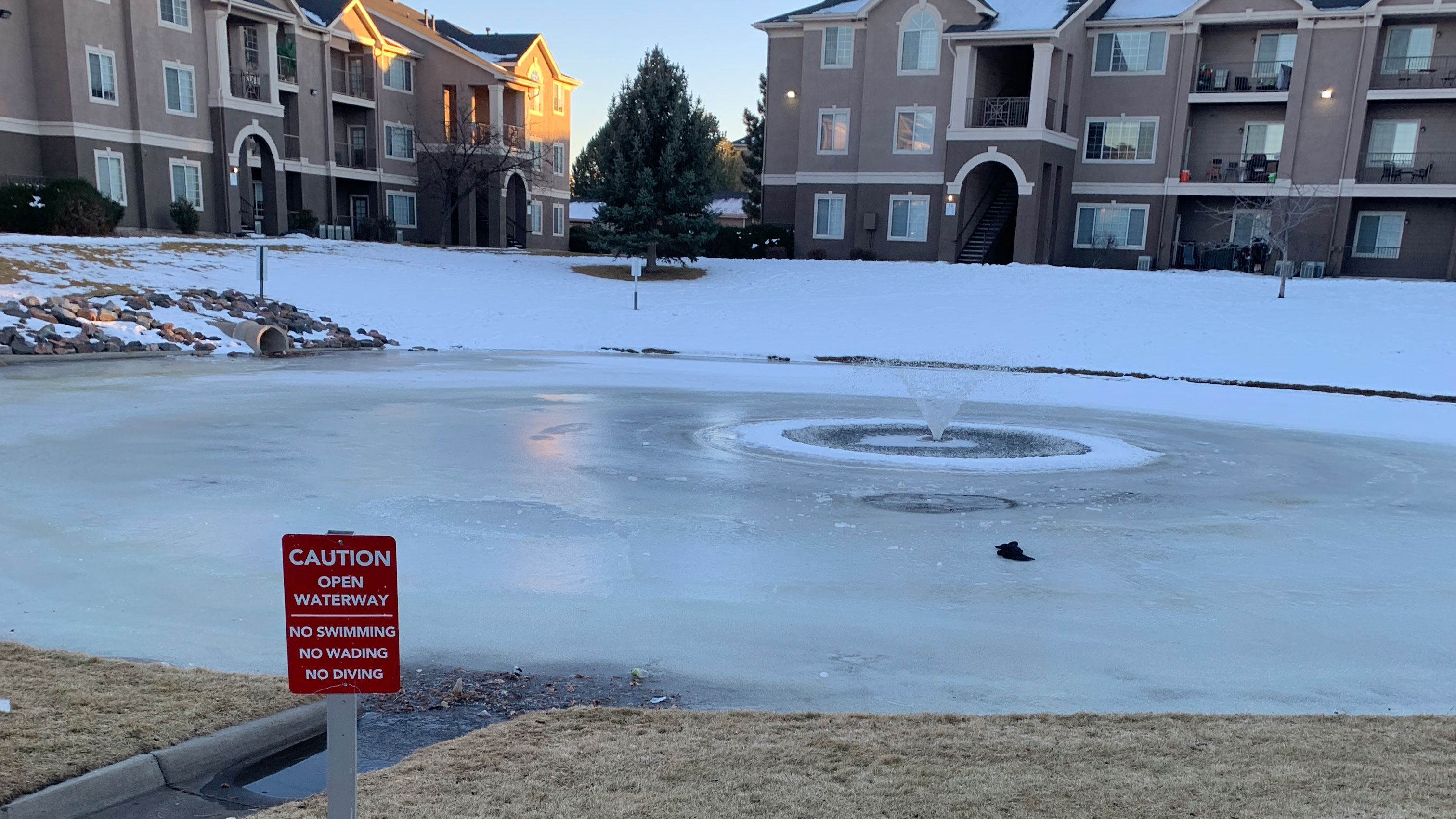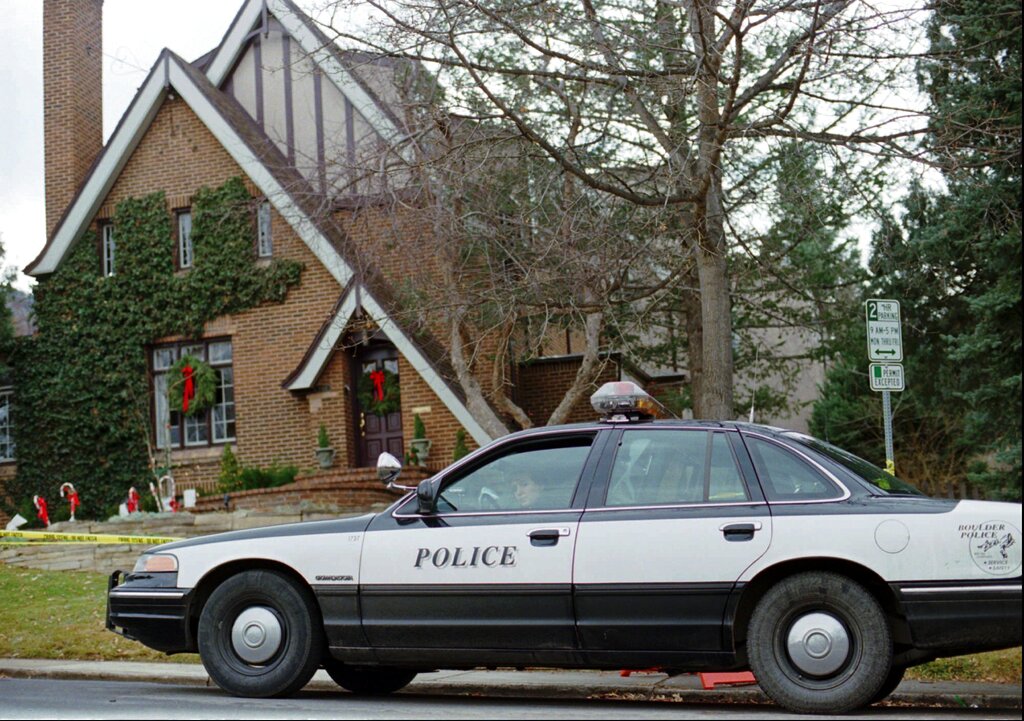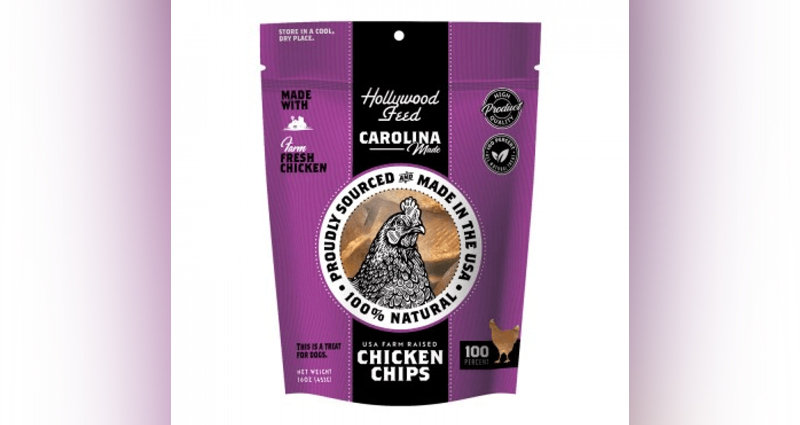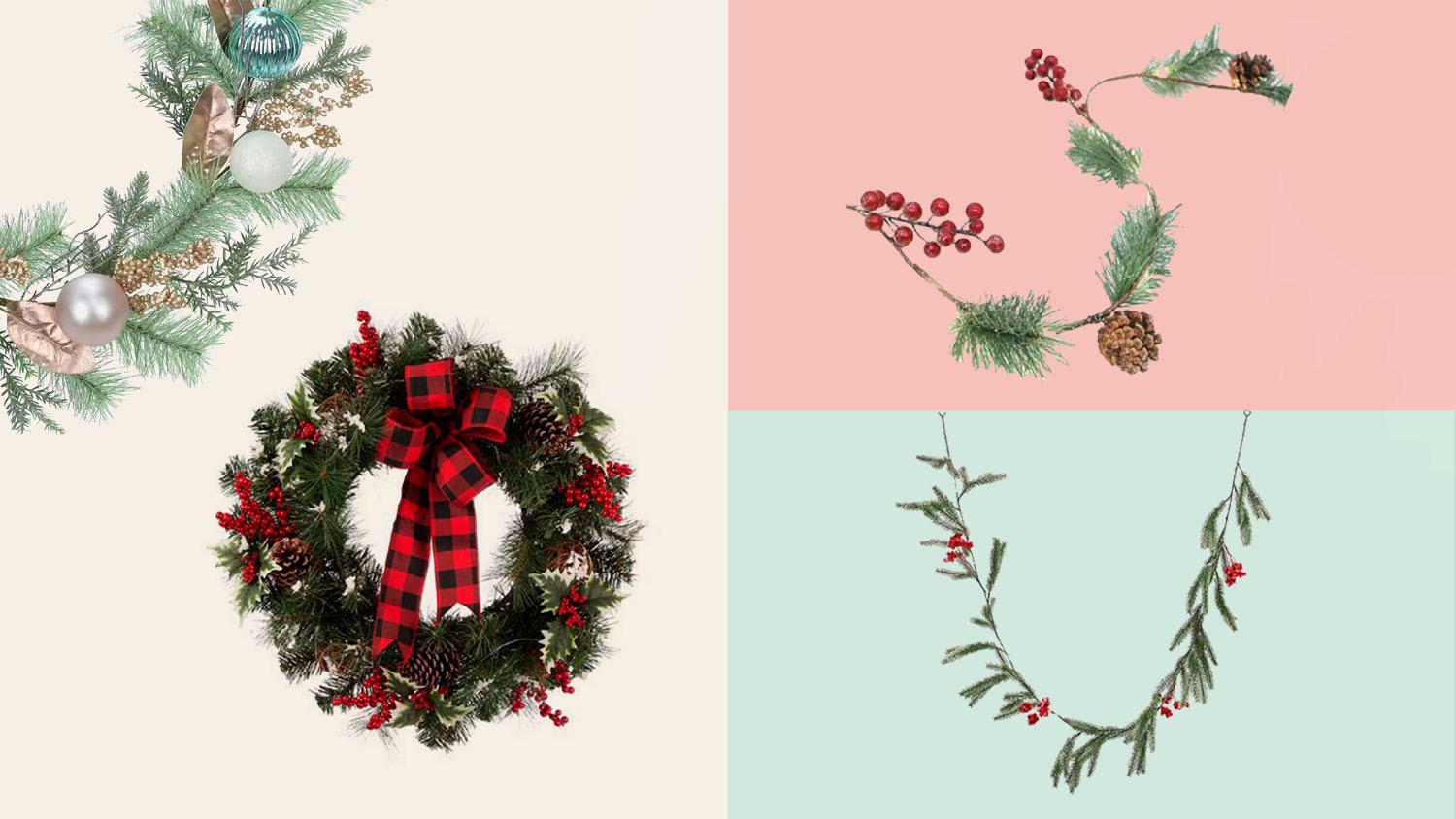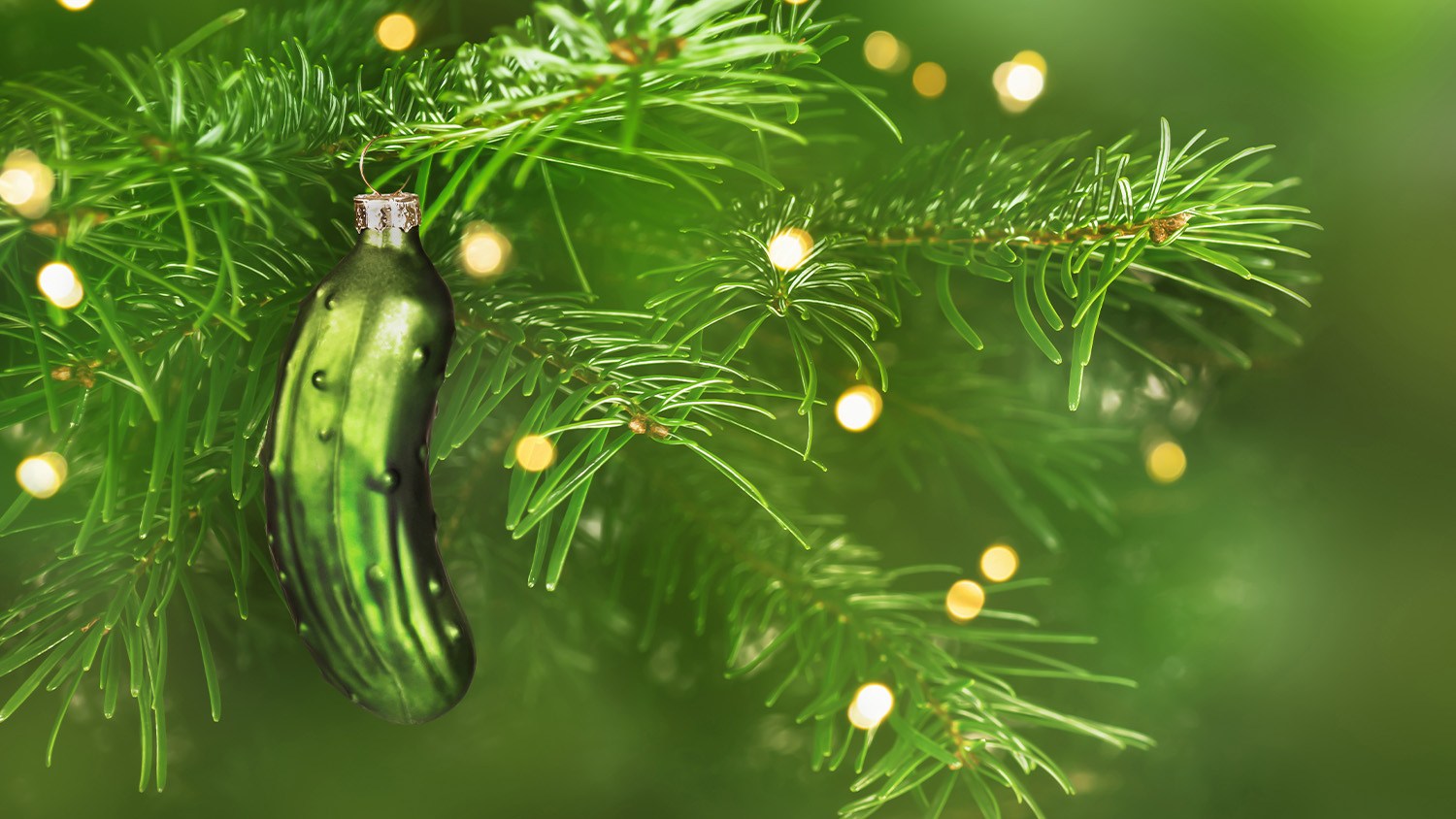RICHMOND, Va. (WRIC) — Do you find yourself somewhere along the spectrum between a casual nature enjoyer and a dedicated bird-watcher? The Virginia Cooperative Extension (VCE) has created a winter birding guide to allow Virginians to stay connected with nature throughout the season.
The organization is a partnership between Virginia Teach and Virginia State University, and works “to assist farmers, empower youth, guide responsible resource management and advance the wellbeing of all Virginians.”
According to the VCE, Virginians can try to look for the following birds during winter:
Cardinal (male)

Cardinals range in size between a sparrow and a robin. Female cardinals are pale brown with some red highlights, while male cardinals are bright red with a black mask, according to the National Park Service.
Blue jay

The blue jay grows to approximately 11 inches in length with a wingspan of about 16 inches. Their bright blue wings and tail, blue crest and black ‘necklace’ make them easy to identify.
Dark-eyed junco

Juncos have a wide variety of differences across the country. In general, they are dark grey or brown with a pink bill and white outer tail feathers.
American goldfinch

Male American goldfinches are small and yellow with black wings, tails and foreheads. The females are a dull yellow-olive color with black wings and wing bars and are difficult to tell from the Lesser Goldfinch.
Yellow-bellied sapsucker (male)

The yellow-bellied sapsucker is part of the woodpecker family. This bird sucks sap out of trees, but it will also eat insects that become trapped within the sap.
Tufted titmouse

Tufted titmouses are gray birds with black on the forehead and a white or buff-colored chest. Adults are about 5 to 6.5 inches long, with a wingspan of about 9.75 inches.
White-throated sparrow

According to the Smithsonian National Zoo, white-throated sparrows measure between 6 and 7.5 inches long with yellow lores (the area between the eye and beak) and white throats make them distinct from other sparrows.
American robin

Robins eat berries and insects, including earthworms. They often forage on the ground, especially on open lawns where they can see insects moving around.
Bald eagle

Bald eagles typically can be found near large bodies of open water with an abundant food supply and old-growth trees for nesting, according to the National Park Service.
Sharp-shinned hawk

This species is about the size of a blue jay. Female sharp-skinned hawks are larger than males, with males averaging only 57% of the mass of females — the biggest disparity between sexes of any North American raptor, according to the Service.
Red-tailed hawk

Adult red-tailed hawks have a distinct reddish-brown tail. The belly and underside of the wings are lighter in color than the upper side of the body.



